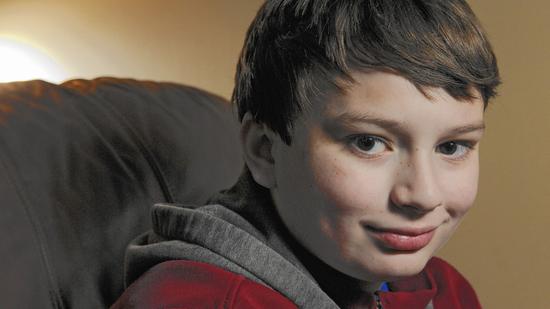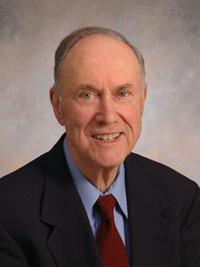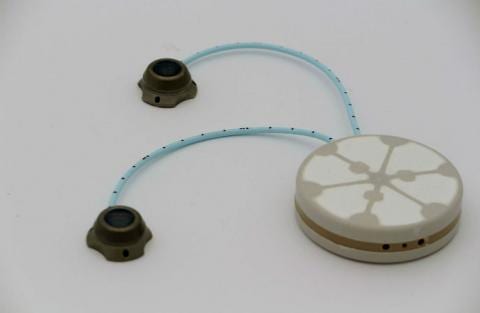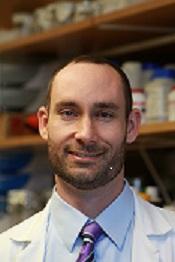Month: November 2014
-

Type 1 Diabetes Increasing As Medical Teams Shrink
Before heading off to swim practice, Brian Lybeck of Avon tests his blood glucose level, which will tell him how much…
-

Dr. Donald F. Steiner, Diabetes Researcher, Dies at 84
Dr. Donald F. Steiner, a researcher whose discoveries transformed scientists’ understanding of insulin and other hormones and…
-

Beta-O2 Testing Cure For Type 1 Diabetes
Imagine if those with type 1 diabetes no longer had to worry about insulin injections. Posted By Abigail Klein Leichman…
-

Dr. Todd Brusko’s Project Fully Funded on Day 1
Donors were so excited to read about Dr. Brusko’s project, “Can we engineer a patient’s immune cells to stop the autoimmune attack…
